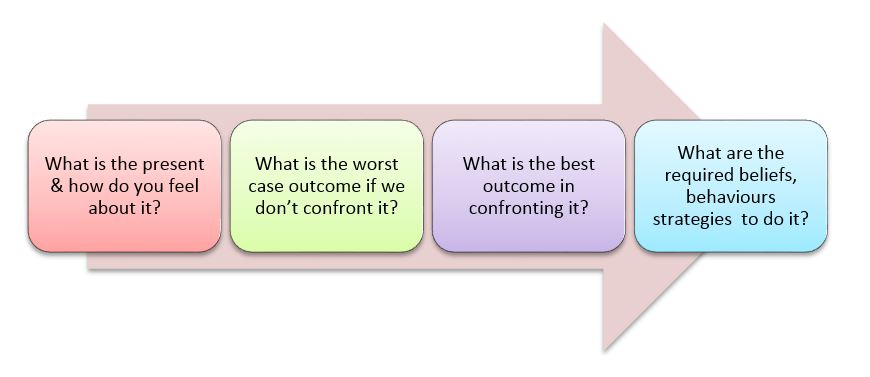Building resilience in a family farm business
Author: Pip Job ( NSW DPI, Dubbo) | Date: 08 Jun 2017
Take home messages
- Self-improvement is the hardest thing you can do, but it pays dividends in a family business.
- Using the four modes of thinking will make you a better communicator with your family and in your business dealings.
- Having multiple techniques for resolving difficult conversations will have a positive impact on your family and business.
- There are inter-generational differences in communication. What matters is how you respond to them.
- Communication is often the weak link in the succession and transition planning process.
Background
Family businesses are a complex and highly dynamic business model. In particular, agricultural family businesses have a wide variety of dynamics to manage given they are often the family home, the income support stream and have many emotional ties.
The aim of this paper is to provide you with:
- A few techniques to become effective communicators, and therefore, help you with family communication.
- Strategies to manage difficult conversations, which often occur in a family business – with staff, contractors, family members and more.
It is also important to understand that we all think differently and that this alone can cause conflict, even when we least expect it. Using the Whole Brain Thinking model, we will explore the different thinking modes and how these impact the way we interact with others and how we make decisions.
In this paper, we will consider communication from the following perspectives:
- The science of thinking differently.
- Inter-generational communication and how it differs.
- Difficult conversations and strategies on how to have them.
- Methods for improving communication on-farm.
Whole Brain Thinking model
Our brain is a complex mass of matter and Ned Hermann developed a framework for thinking, considering the scientific differences which exist between the left and right spheres of the brain (Figure 1) and the limbic and cerebral modes of the brain. This framework breaks our thinking preferences into four quadrants (A blue, B green, C red and D yellow) (Figure 2).
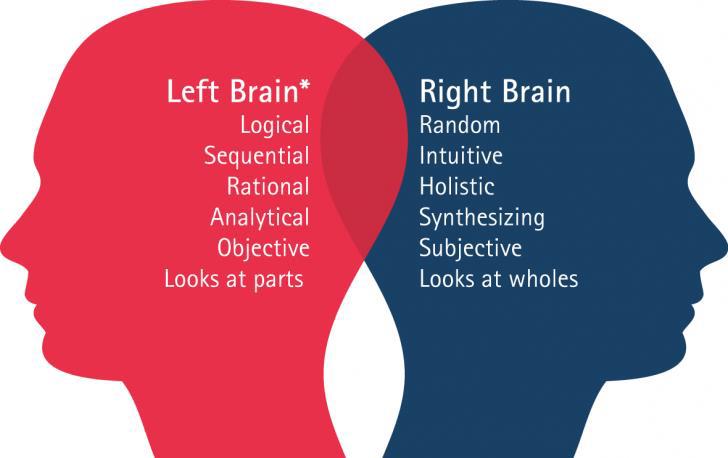
Figure 1. Scientific differences between the left and right spheres of the brain (Source: Funderstanding).
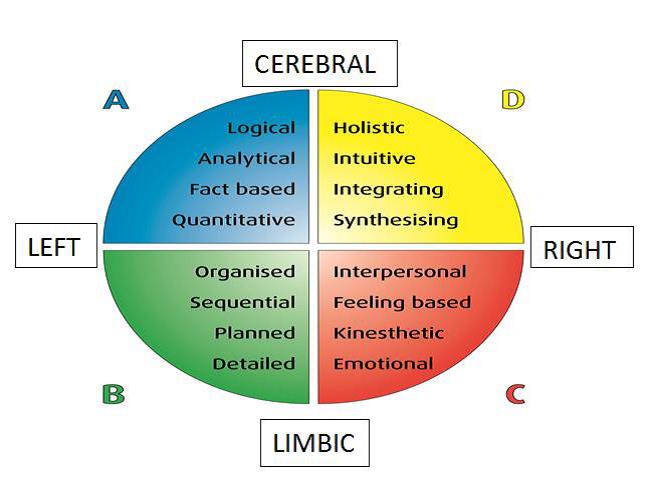
Figure 2. Thinking preferences within the brain (Source: Hermann International).
Understanding how our brain functions is a crucial element to enable us to improve our communication with others. This will include your spouse, partner, children, friends, clients and important people that help you in business.
Understanding the four modes of thinking helps us to ask the right questions, listen better so that we can discuss matters with other people constructively and also better understand perspectives of others.
Decision making
Each quadrant will be looking through a different lens when making a decision. For example, if you want to make a change in your farming business. How would each quadrant view the decision at hand (Figure 3)?
Would you have approached that decision from all of these perspectives, or would you have a tendency to focus on predominantly one area? What about the other people in your family business? Can you see which quadrants they may often be coming from when they communicate in decision making?
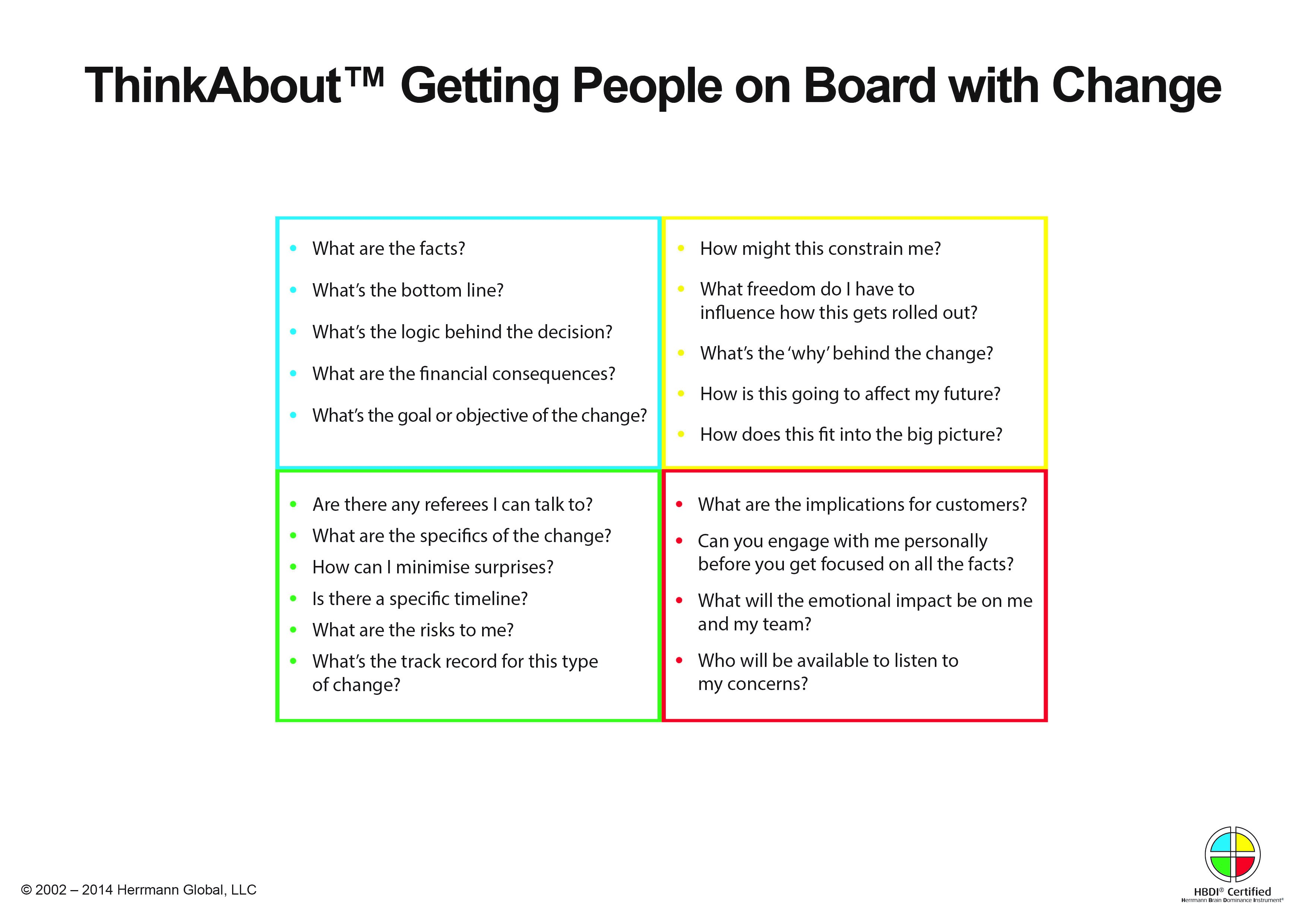
Figure 3. Decision making as viewed from each quadrant (Source: Hermann International).
Intergenerational differences
Generations do have a different perspective of the world and as a result, they do tend to communicate differently and from a different perspective. What we need to keep in mind is that the only thing we can control is our own reaction.
Farming is dynamic as there are often two, if not three generations, in the business and living within the structure. This adds a level of complexity which needs to be considered.
‘The children now love luxury. They have bad manners, contempt for authority; they show disrespect for elders and love chatter in place of exercise’
I am sure many of you would say this is true of today’s generation. However, this is a quote from the days of Socrates from the generations succeeding him in approx. 400BC. The perspective this provides is that every generation will see the world differently. It is how we respond to this and create ways to work with it productively to create better outcomes for our families and business.
Intergeneration difference is about leadership and the role we each play in being an agile leader. Using whole brain thinking, an agile leader of the 21st century needs to consider each of the four quadrants of thinking (Figure 4).
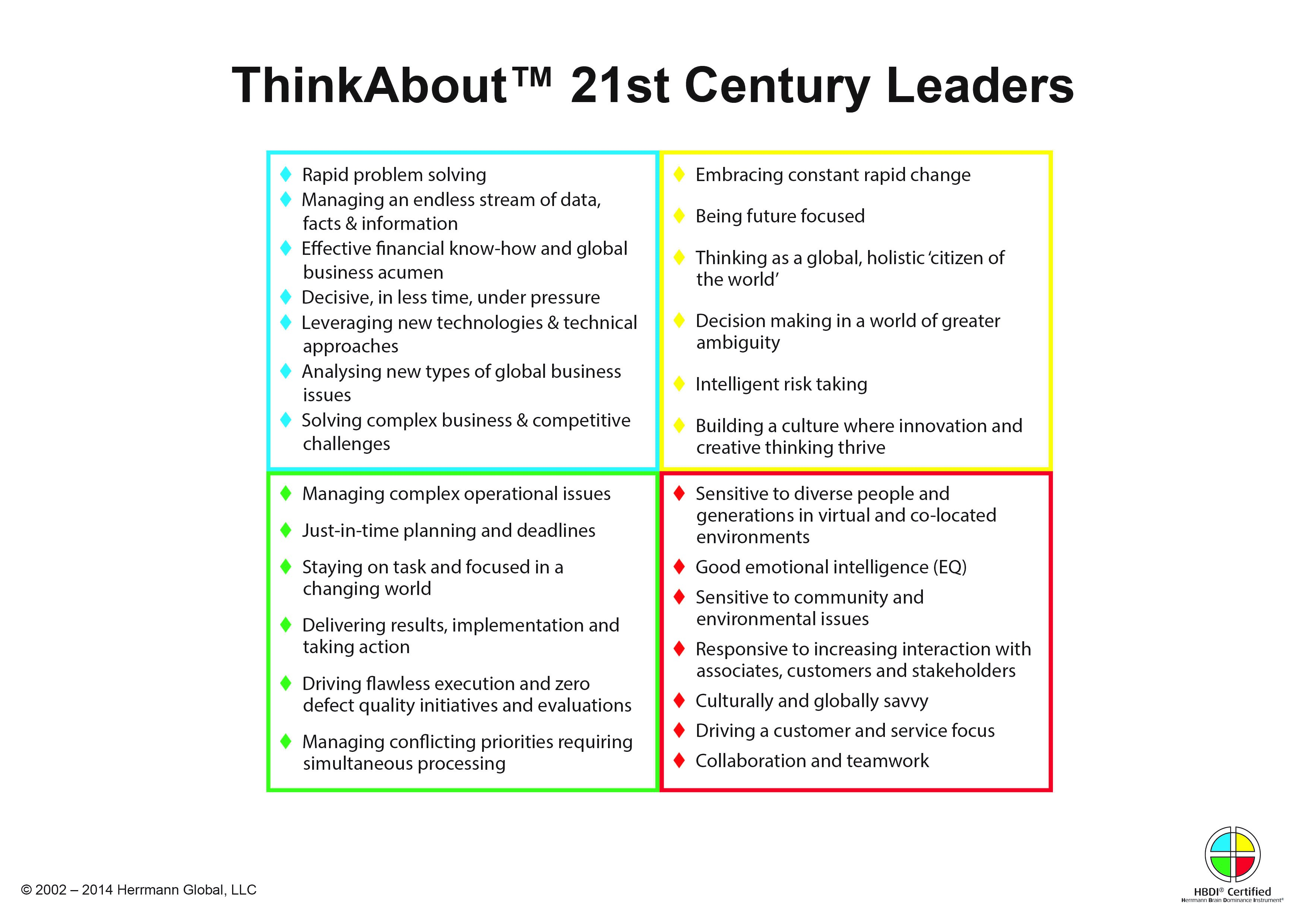
Figure 4. An agile leader considers all four quadrants of thinking (Source: Hermann International).
Techniques for difficult conversations
Having techniques up your sleeve when you either need to have a difficult conversation or when you end up in one is very useful. By striving towards reaching a consensus or an agreeable ending you will enhance your abilities as a communicator.
Word-craft
Picking your words can be crucial to the way a conversation develops. A great technique is to ask the question ‘How could we……’
By starting a conversation in this way, it indicates that there are possibilities, alternatives and that the conversation is open to ideas. ‘We’ is a very powerful position and it indicates that you and the other person/s will try and do this together.
Avoid using I, me and you based statements. They can inflict wounds and be interpreted as judgmental and blaming and have a negative innuendo.
Inoculation
Difficult conversation inoculation is the concept of being soft on the person, but hard on the issue. You position to the person up front that you need to have a difficult conversation with them and that you acknowledge their feelings could be hurt, but that it is not your intention to hurt them, but the issue is important and needs to be addressed. (Youtube)
Assertiveness
Assertiveness is about winning at all costs, or making everyone agree with you (Figure 5).
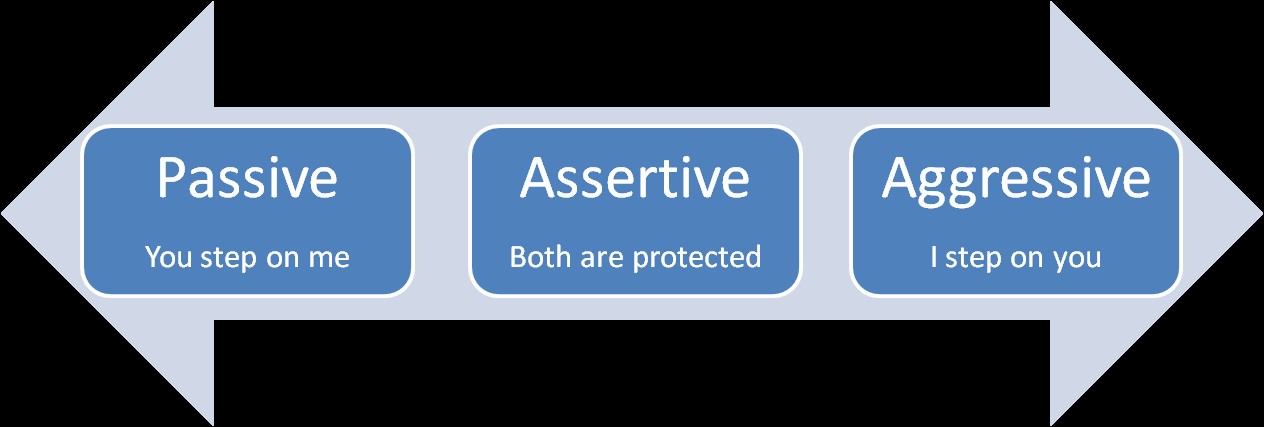
Figure 5. Assertiveness as a technique for a difficult conversation.
An easy process to follow to be assertive is:
- When you…..(describe what they do).
- It makes me feel…….(describe how it makes you feel/the emotions).
- I would prefer it if you……..(describe the way you would prefer it to be done)
Consensus building
Reaching a consensus is important. Consensus is a much better outcome than a compromise. Compromise comes with the risk that someone will always feel like they are the one who compromised and this will lead toward them feeling disrespected and things will crumble from there.
The following technique (Figure 6) may be useful in larger family situations where conflict is escalating. It may even be necessary for a neutral person to provide assistance with running this process.
Figure 6. Process to follow to assist with reaching a consensus.
Aiming for consensus will result in a shared agreement about the future and an understanding of what might need to be changed now to achieve it.
Conclusion
Having difficult conversations will always be part of a farming family business. It might be a disagreement with a contractor, an employee or even with a family member. Having a better understanding of how you communicate and think will give you a much greater insight into your strengths and weaknesses when communicating and the triggers and early warning indicators you will need to be aware of so that you can better manage the situation.
Having a variety of techniques to use will equip you with the tools necessary to manage difficult conversations and diffuse things when they escalate. Every conversation can go either way; it is the role we play in that conversation which can alter the outcome.
Being aware of yourself and responding quickly will make your life and those around you much more enjoyable and productive. There is nothing harder than taking a closer look at ourselves and then trying to make ourselves a better person. However, dividends will be paid in doing so.
References and useful resources
Generational Differences Chart
Generational Differences in the Workplace
Contact Details
Pip Job, NSW DPI, 34 Hampden Street, Dubbo, NSW, 2830
0437 241 688
pip.job@dpi.nsw.gov.au
Rural Resilience Program
Was this page helpful?
YOUR FEEDBACK

